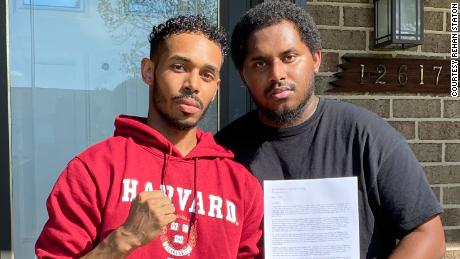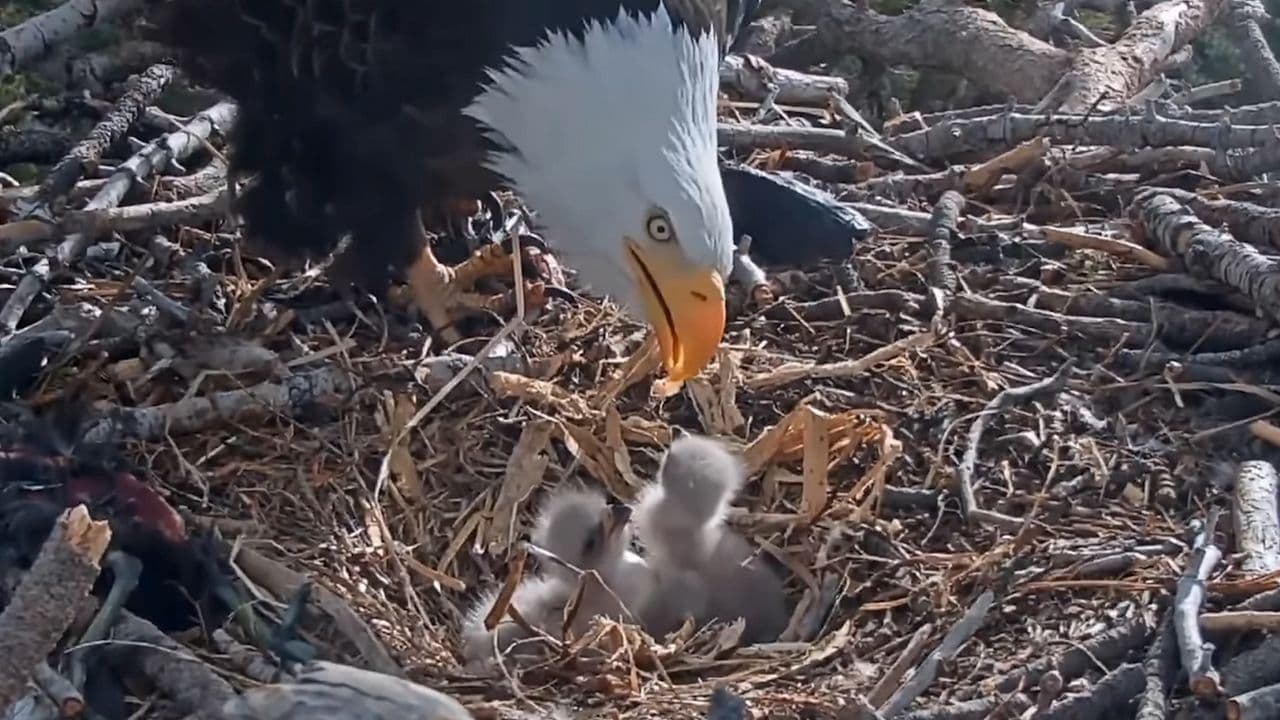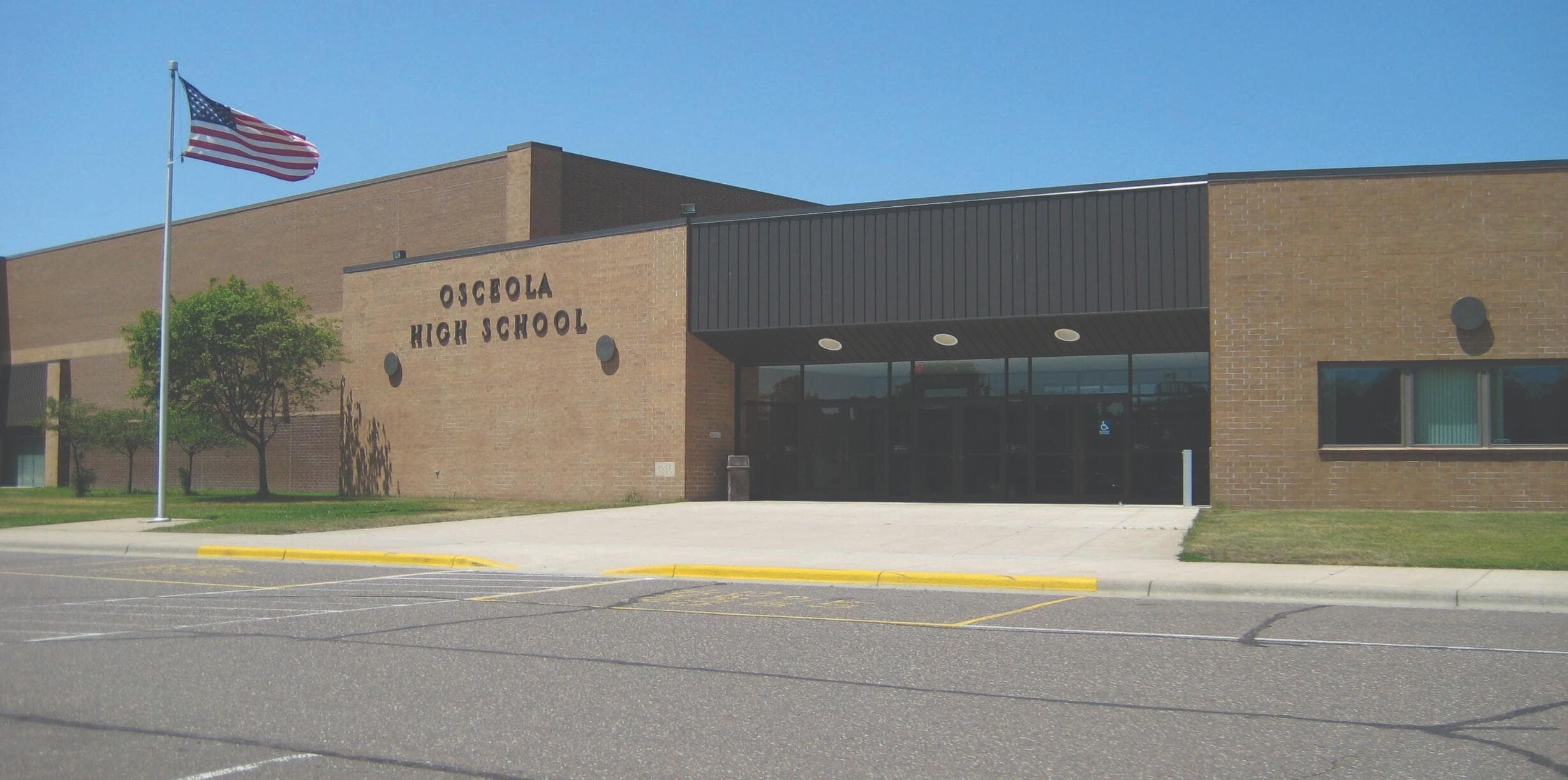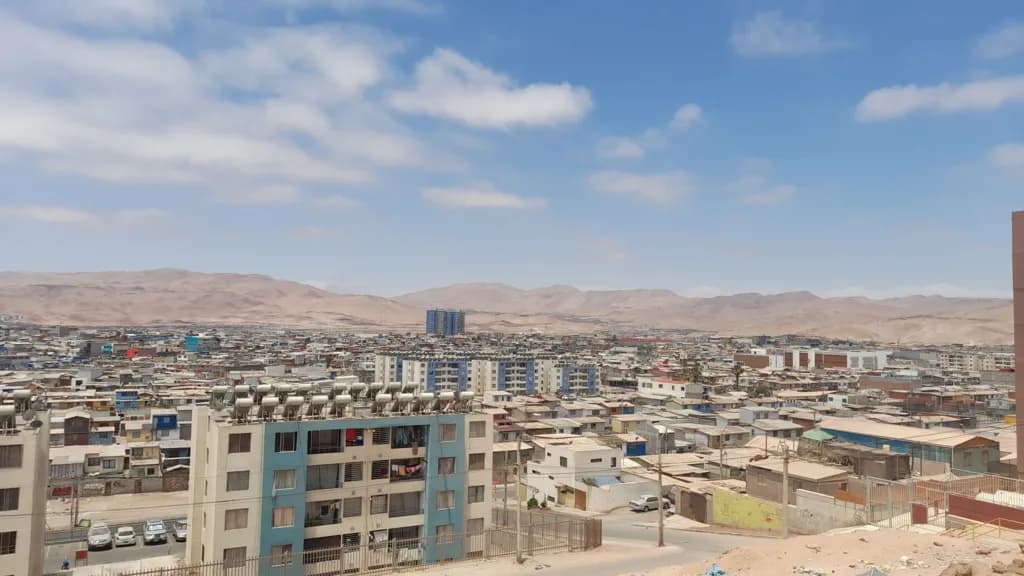
Amazing
Student Who Used To Work As Garbage Collector Has Been Accepted Into Harvard Law School
It’s good news for Rehan Staton who recently got admitted into Harvard Law after overcoming some difficulties.
When Staton was eight, life was easy and beautiful. Life had its awesome components—loving parents, a supportive big brother and a comfortable private school education including a homeschool teacher.
Things went awry when his mother abandoned them and jetted off to another country. This would lead to some other issues—his father lost his job and had to hustle three jobs to make ends meet. Food which was once plentiful became a scarce resource. And they had to cope without switching on the thermostat.
“I would have to sleep with a heavy jacket on when it was cold,” Staton said. “I was always angry and hungry. It affected my academic work at school, and I started to perform horribly.”
His academic performances dropped and from being one of the top performers in class, he became one of the worst performers. Staton pointed to the fact that he was always dozing off in class as it was warm there. Getting to seventh grade, the bad academic performances continued and a teacher advised he needed special education. This statement made him lose interest in school.
It was evident something had to be done. Staton’s father went on a trip to the local community center and sought for assistance on who would help teach his son. There, an aerospace engineer proffered to help educate Staton for the rest of the year without collecting a dime.
“I ended up making honor roll the rest of the year,” Staton said. “He was like an uncle or godfather that gave me food and a place to stay sometimes. After we stopped the tutoring sessions, my grades suffered again.”
Staton would spend his high school years training rigorously in his pursuit to be a highly skilled boxer.
“I won a lot of martial arts competitions,” Staton said. “From all my teachers, mentors and classmates — no one ever asked me about school or college. It was always, ‘How’d your tournament go? How’s training? When’s the next match?'”
His dreams on becoming a success through boxing would later suffer a blow when he suffered severe tendinitis in both shoulders. He was unable to wield his arm over his head for months. The injury wasn’t a major career threat and he could recover but since he lacked medical insurance, Staton said physical treatment wasn’t a route to follow.
Now that his aspirations of turning into a pro boxer had suffered a blow, he began applying into colleges desperately. Albeit, he was rejected by all.
Whilst recovering from the injury he suffered, he was employed as a trash collector at a local sanitation company. Many of his colleagues that worked there had gone to prison. They noticed his creativity and intellectual ability which made them ponder: “What are you doing here?”
“They would say, ‘You’re smart,'” Staton said. “You’re too young to be here. Go to college, and come back if it doesn’t work out.”
This was a surprise to Staton as it was the first time someone outside his family and his seventh grade tutor would praise his intellectual ability.
“Teachers, church leaders, and other upper echelon people known for being a role model in society were the ones that never saw anything in me,” Staton said. “It was the sanitation workers that lifted me up to make me even want to go to school.”
Co-workers helped speak to the executives at the sanitation company and Staton was thereafter connected to a professor at Bowie State University—one of the schools that denied his application months ago.
The professor was in awe during their conversation and he persuaded the admissions board to rescind their decision.
Now that he had to go to college, Staton’s older brother, Reggie had to drop out from school. Someone had to work alongside their dad in order to make money, else they would forfeit their house. Staton said it was a decision Reggie made on his own accord.
“My brother knew I’d be stuck if I didn’t jump on this opportunity and go to school because of my grades,” Staton said.
Staton would go on to get a 4.0 and he matriculated to the University of Maryland, where he excelled as the president of the undergraduate history association, history representative for the dean’s cabinet and eventually as the graduation speaker for the class of 2018.
Even as a student, Staton would wake up every morning, persisting in his job as a garbage collector. He was always working two separate shifts between classes. Doing this, he had to stay away from partying.
“I had to give up any sort of social life,” Staton said “I just put my head down and stuck to a schedule to make it all happen.”
After graduation, Staton had a health issue but that didn’t stop him from getting a job at a political consulting firm in Washington, D.C. He passed the LSAT and sent applications to law schools. This he did while working full time.
It would take a while though. In March, Staton learned he’d been accepted into his dream schools—USC, Columbia, the University of Pennsylvania and Harvard.
“It was a surreal moment for me,” Staton said. “It made me feel like my brother and my dad’s sacrifices were not in vain. We did it.”
Staton would eventually settle for Harvard Law School. For people searching for inspiration in these trying times, Staton says “love yourself enough to get what you want out of life. You can always see the light in any dark situation, and you need to hold on to that light.”
Amazing
Community Petition Saves Wally the Beaver from Euthanasia

Wally, a beloved beaver who became a community favorite in Northern Virginia, was saved from euthanasia thanks to the efforts of thousands of supporters who rallied together through an online petition.
Wally first gained popularity at Huntley Meadows Park in Fairfax County, where locals and visitors often saw him hard at work building dams. However, wildlife officials considered euthanizing him after concerns arose over flooding and tree damage caused by his dam-building activities.
The community swiftly stepped in, launching a petition that quickly gathered over 10,000 signatures. Advocates argued that the beaver’s positive impact on the ecosystem—creating wetlands and habitats for other wildlife—far outweighed any inconveniences.
Local officials eventually agreed, opting instead for a humane relocation effort. Wally will now be safely moved to a suitable habitat rather than being euthanized.
“This shows how much our community values wildlife,” said Julie Ames, the petition’s creator. “We’re thrilled our voices were heard.”
Residents celebrated the decision, highlighting how Wally’s survival symbolizes the growing awareness of peaceful coexistence with local wildlife.
Amazing
Third Eaglet Joins Big Bear’s Beloved Bald Eagle Family

A third eaglet hatched yesterday in the much-loved bald eagle nest near Big Bear Lake, marking a delightful moment for the growing number of wildlife enthusiasts who have been closely watching the family online.
The nest, located in the San Bernardino National Forest near Big Bear, California, has been streaming live via the Friends of Big Bear Valley eagle cam. Observers were excited to witness the third chick hatch, a significant event considering that bald eagles usually lay two eggs, with three being somewhat unusual.
The parents, affectionately named Jackie and Shadow, are local celebrities among bird watchers. According to the Friends of Big Bear Valley, these parents have gained fame for their caring behavior, ensuring their chicks remain healthy and thriving despite the occasional harsh weather conditions.
“The hatch was smooth and perfectly timed,” said Sandy Steers, executive director of Friends of Big Bear Valley. “It’s heartwarming to see this family continue to flourish.”
Wildlife experts emphasize the importance of maintaining a respectful distance, reminding the public that the best way to enjoy and protect these birds is by observing remotely via the eagle cam.
Viewers can continue to monitor the eaglets’ development, celebrating each milestone as the chicks grow into young eagles over the coming weeks.
Amazing
Pocatello’s Last Video Rental Store Preserves Tradition for Devoted Patron

In an era where digital streaming dominates, the closure of Video Stop marked the end of an era for Pocatello, Idaho. However, for one loyal customer, the spirit of the traditional video rental experience continues, thanks to the store owner’s thoughtful initiative.
For over 15 years, 35-year-old Christina Cavanaugh, who has Down syndrome and is mostly nonverbal, maintained a cherished routine of visiting Video Stop almost daily with her mother, Toni. This ritual was integral to Christina’s daily life, providing her with joy and consistency. The prospect of the store’s closure posed a significant disruption to her routine, causing concern for Toni about how to explain the change to her daughter.
Understanding the importance of this routine to Christina, Video Stop’s owner, David Kraning, decided to preserve a portion of the store’s collection. He dedicated a corner in his adjacent business, K & B Kwik Stop, to house these movies, ensuring Christina could continue her beloved visits. This thoughtful gesture not only maintained a sense of normalcy for Christina but also highlighted the deep bonds formed between local businesses and their patrons.
Toni expressed immense relief and gratitude for Kraning’s actions, likening the news to “being sentenced to prison and then getting a reprieve.” She praised the community-oriented approach of Kraning and his staff, who have always been attentive to Christina’s unique needs, even training new employees on how to interact with her during checkout.
While the era of video rental stores may be fading, the compassion and dedication demonstrated by Kraning ensure that, for Christina, the magic of selecting a physical movie remains alive. This story serves as a heartwarming reminder of the impact local businesses can have on the lives of their customers, going beyond transactions to form meaningful, supportive relationships.
Amazing
Former Student’s Surprise $1.8 Million Gift Stuns Wisconsin High School

In an age where school budgets are often stretched thin, a small-town Wisconsin high school received an astonishing financial windfall from a former student. Osceola High School, nestled in the tight-knit Village of Osceola, recently learned that a graduate from the Class of 1947, Millicent “Milly” Lindahl, left the school $1.8 million—with more still to come.
A Gift from the Past
Superintendent Becky Styles recalls the moment she learned of the unexpected donation.
“We were absolutely dumbfounded by the amount,” she said. “This doesn’t happen in public schools very often.”
While Milly Lindahl—who later became Milly Chapman—was not widely known in the community, her legacy is now impossible to ignore. A look through old yearbooks revealed she was an active student, participating in the drama club, yearbook committee, school newspaper, and even serving as a cheerleader.
After graduating in 1947, Milly moved away and lived a private life in Maple Grove, Minnesota, with her husband. With no children or immediate family, she made a decision that ensured her name would live on in Osceola—leaving her estate to the high school that had brought her joy in her youth.
Remembering Milly
While details of her later life remain scarce, Superintendent Styles and the local historical society have pieced together a portrait of a woman who cherished her high school years.
“I think it was a place where she found herself, where she could be who she wanted to be,” Styles said. “It was one of the happiest times of her life, and that’s what she held on to.”
Milly and her husband lived quietly, seemingly well within their means. Though her name may have faded from memory in Osceola, her generosity ensures she will be remembered for generations to come.
A Lasting Legacy for Students
Now, the school faces a major decision—how to use the money in a way that honors Milly’s legacy. While many ideas have been floated, Superintendent Styles emphasized that the funds should have a long-term impact rather than being used for short-term needs.
Possible projects include:
- A student commons area to foster community and connection.
- A performance space named in Milly’s honor, recognizing her love of drama and school activities.
- Scholarships or academic programs to support future students.
Before making any final decisions, the school plans to involve the community and wait for the estate to be fully settled.
One thing is certain—Milly Lindahl’s generosity will shape the future of Osceola High School, just as her time there shaped her.
Amazing
Harvesting Fog: A New Solution for Water Scarcity in Dry Cities

Scientists in Chile are exploring an innovative solution to provide drinking water to some of the driest cities on Earth—harvesting water from fog. Their research suggests that large-scale fog collection could be a sustainable water source for Alto Hospicio, a city in northern Chile that receives less than 0.19 inches (5mm) of rainfall per year.
A City in Need of Water Solutions
Alto Hospicio, perched on the edge of the Atacama Desert, is one of the most arid urban areas in the world. Many residents, particularly in low-income neighborhoods, lack access to a stable water supply and rely on expensive, trucked-in water for their daily needs. With underground aquifers—currently the region’s primary water source—being depleted by urban demand and industrial use, researchers see an urgent need for alternative solutions.
How Fog Harvesting Works
The concept of fog harvesting is simple but effective: a fine mesh net is suspended between poles, and as moisture-laden fog drifts through, water droplets condense on the mesh, collect, and funnel into pipes for storage. This method has been successfully implemented on a small scale in rural parts of South and Central America, and one of the largest existing systems operates in Morocco, capturing moisture from fog near the Sahara Desert.
Scaling Up for Urban Water Needs
Dr. Virginia Carter Gamberini, a researcher at Universidad Mayor, believes that expanding fog collection to a much larger scale could significantly bolster water security in cities like Alto Hospicio. Her team conducted extensive satellite image analysis and weather modeling to identify prime locations where fog harvesting could yield the most water.
The results were promising. Based on an estimated daily water collection rate of 2.5 liters per square meter of mesh, the researchers calculated that:
- 17,000 square meters of mesh could produce 300,000 liters of water per week, enough to replace the trucked-in supply for the city’s poorest communities.
- 110 square meters could meet the annual demand for irrigating green spaces in the city.
- The system could also support hydroponic farming, producing up to 44 pounds (20 kg) of vegetables per month using fog water.
A Natural Fit for Chile’s Coastal Cities
Alto Hospicio’s location along the Pacific coast provides the ideal conditions for fog collection. The city regularly experiences “camanchaca” fog—a dense, low-lying cloud formation generated when warm, humid ocean air moves over the cold Humboldt Current and is pushed inland by winds. With Chile’s unique geography, researchers believe that fog harvesting could be deployed in multiple coastal regions to supplement water supplies.
Dr. Carter and her team are now developing a fog harvesting map of Chile to identify other potential collection sites. They see this technology as a way to enhance urban resilience in the face of climate change, offering a sustainable and decentralized water source for communities struggling with water shortages.
Their findings were published in the journal Frontiers of Environmental Science, adding to the growing global interest in fog harvesting as a climate-adaptive water solution.
As urban populations expand and climate change intensifies water scarcity, fog harvesting could provide a practical, low-impact solution for cities in arid regions. With the right investment and infrastructure, this ancient technique could be the key to securing water for the future.
-

 OMG6 years ago
OMG6 years agoA Couple Gave Birth to the Most Beautiful Twins Ever
-

 OMG7 years ago
OMG7 years ago20 Rare Historical Photos
-

 OMG7 years ago
OMG7 years agoHilarious Airport Photos
-

 Cute6 years ago
Cute6 years agoMom Refuses to Let Daughter Eat Sugar and Years Later This is What She Grows Into
-

 OMG6 years ago
OMG6 years agoTop Secret Air Force One Facts That You Never Knew
-
OMG6 years ago
The Funniest Yearbook Photos Of All Time
-

 OMG7 years ago
OMG7 years agoRetired Mathematician Restores Log Cabin
-

 OMG5 years ago
OMG5 years agoWhat Happened When This ‘Duck Dynasty’ Legend Chopped Off His Beard?